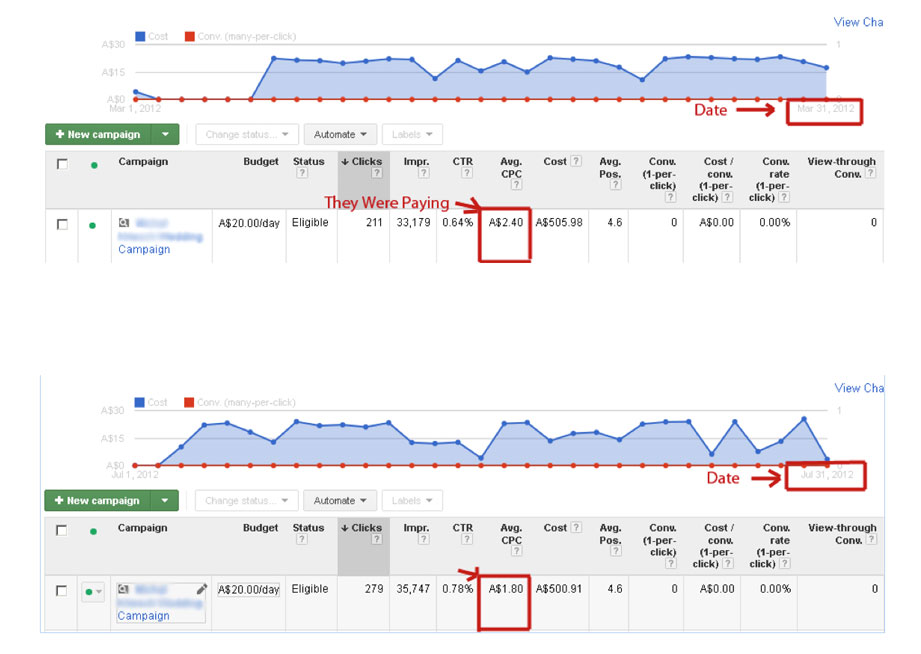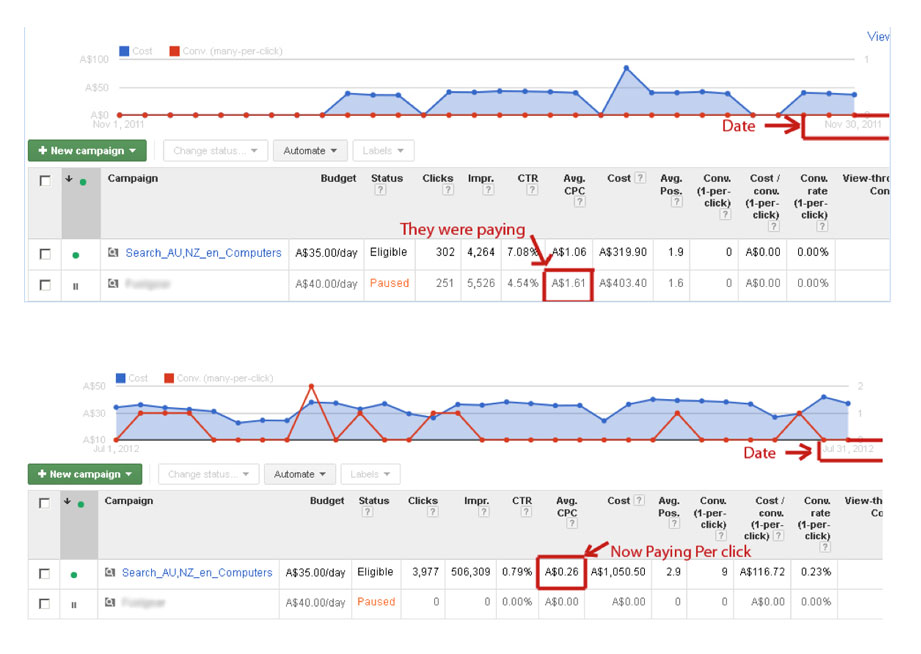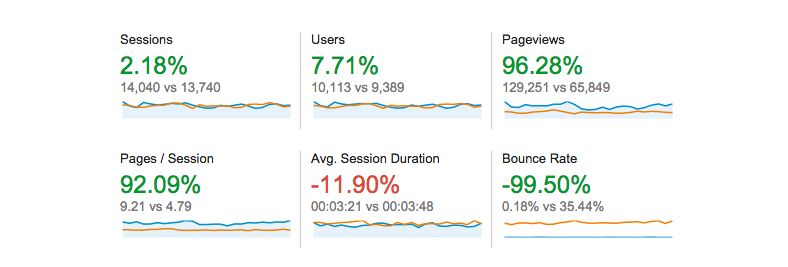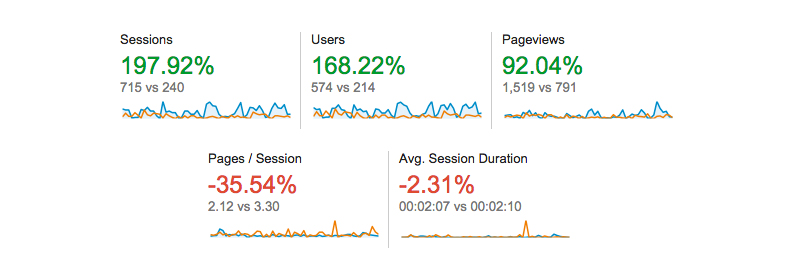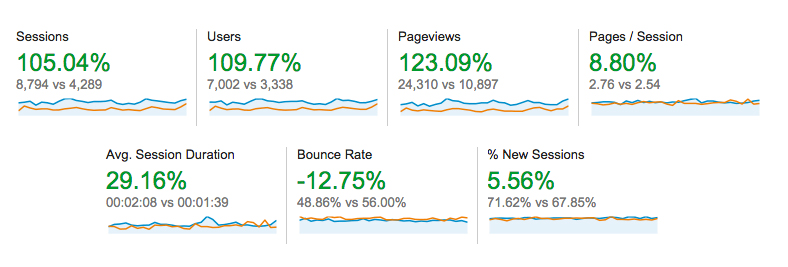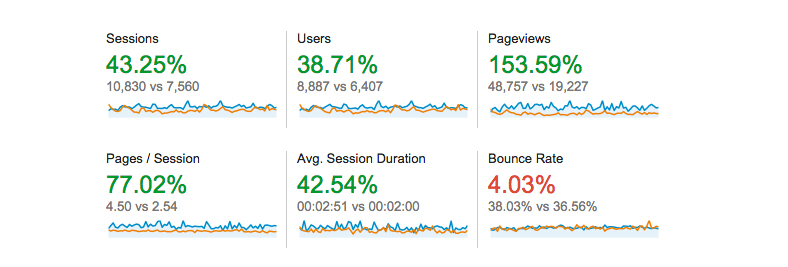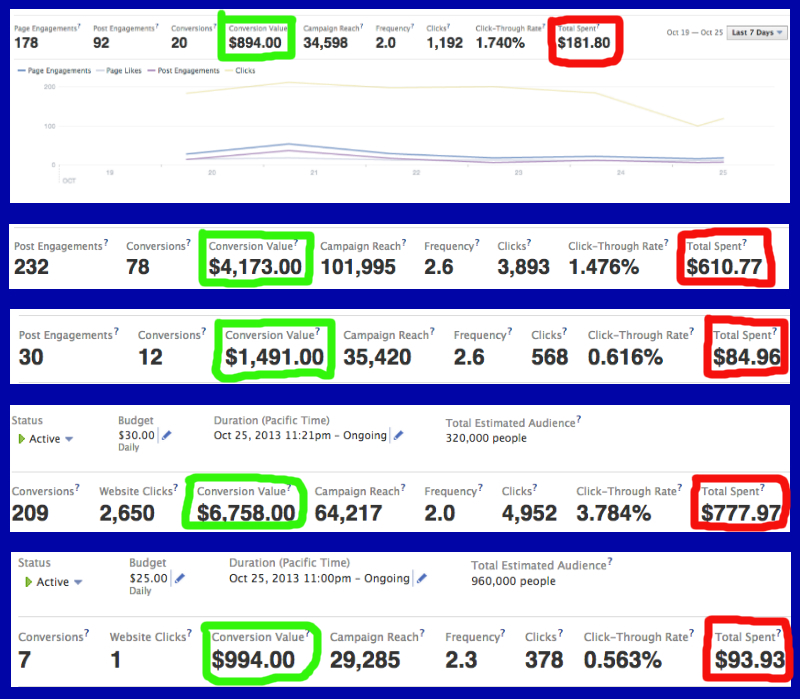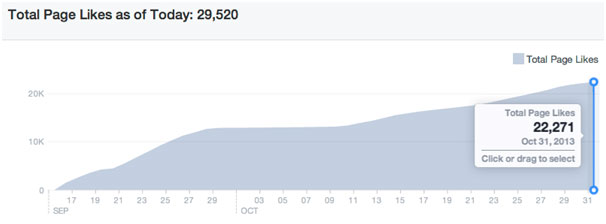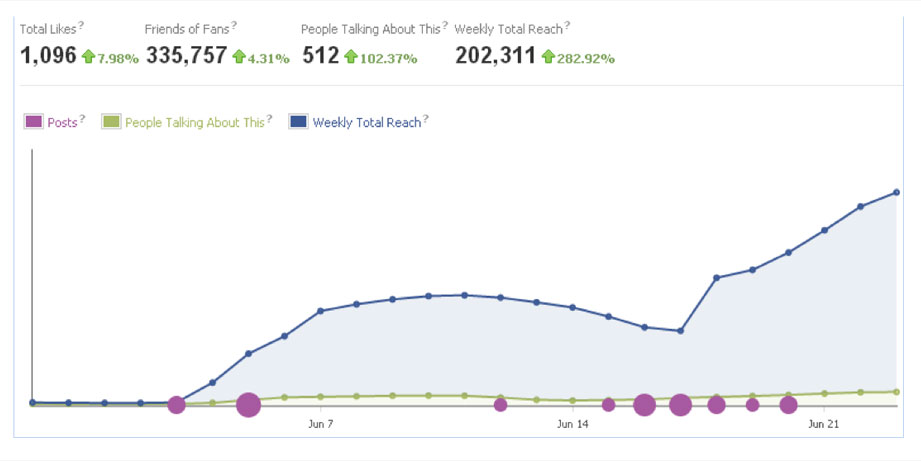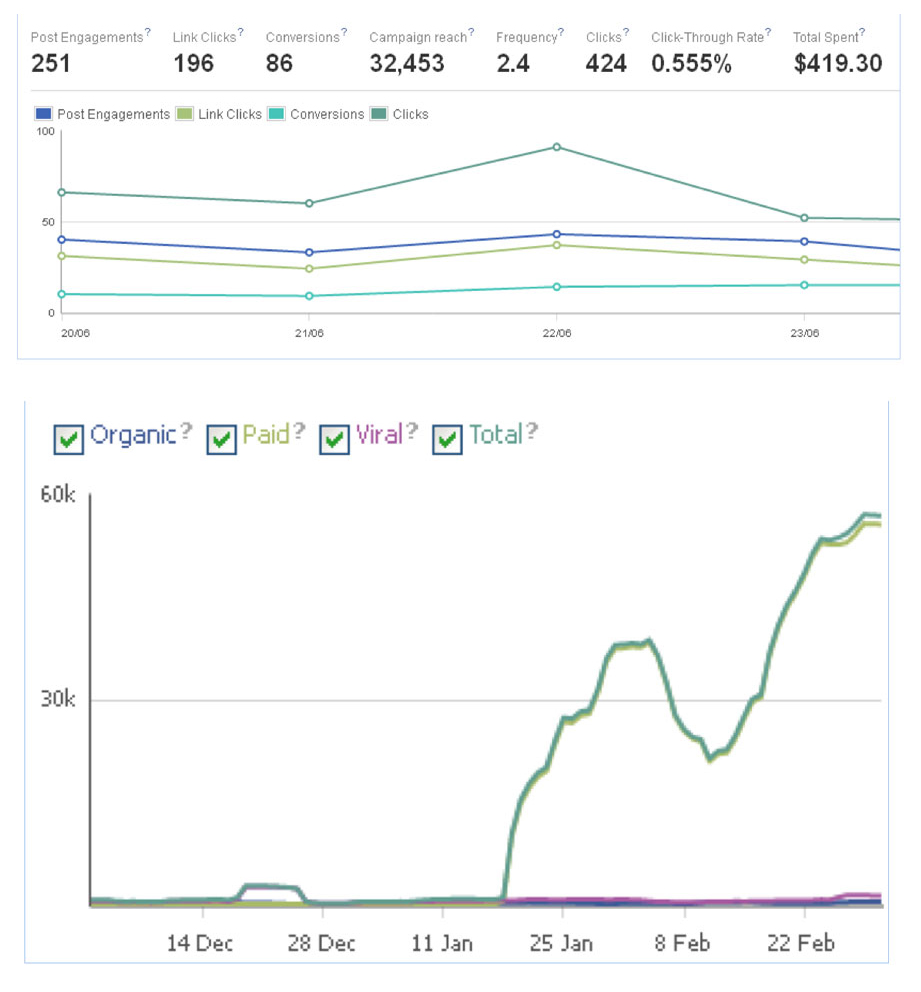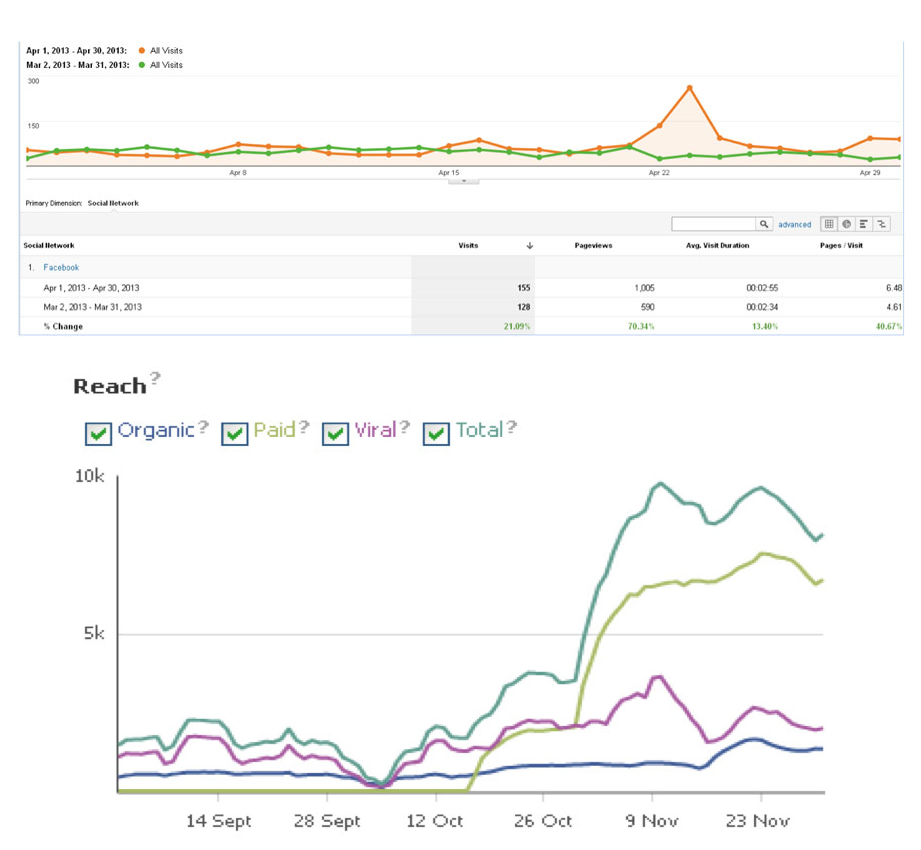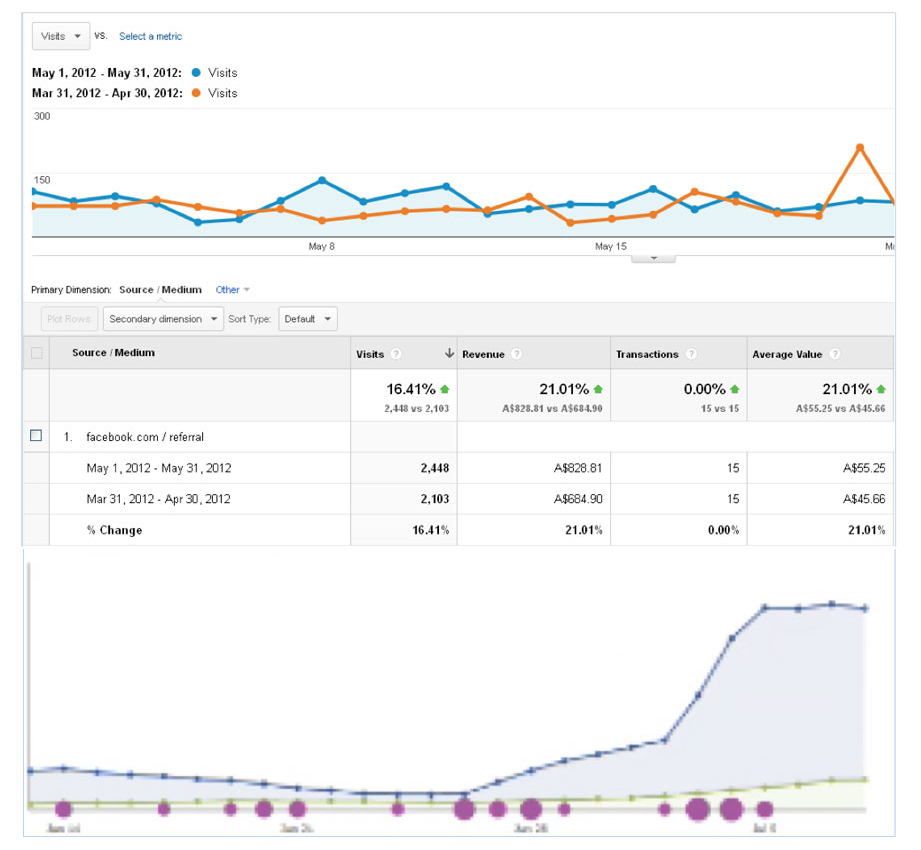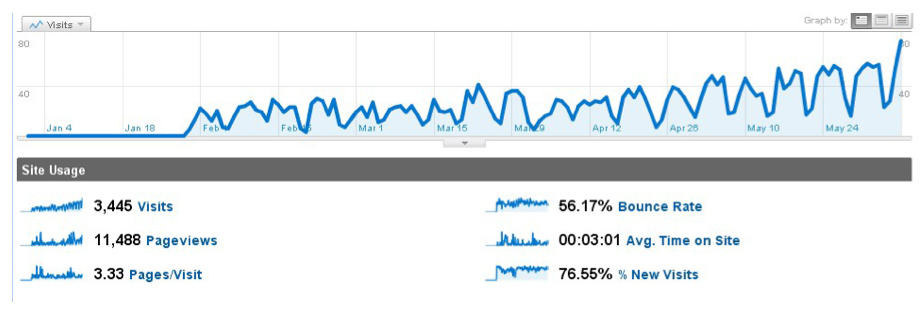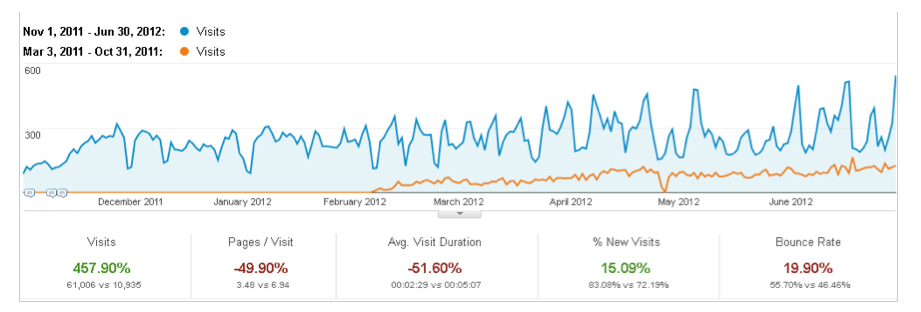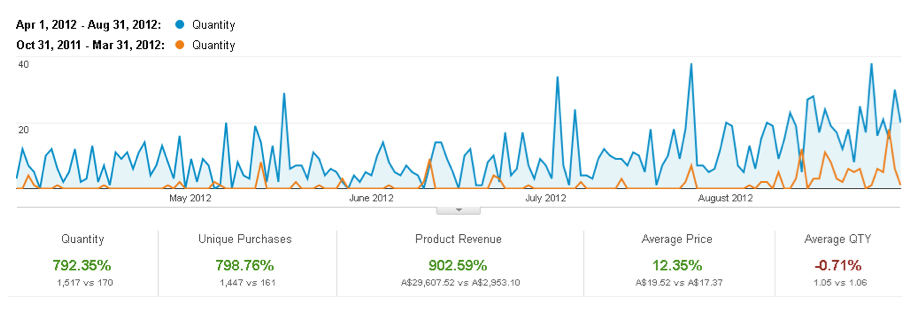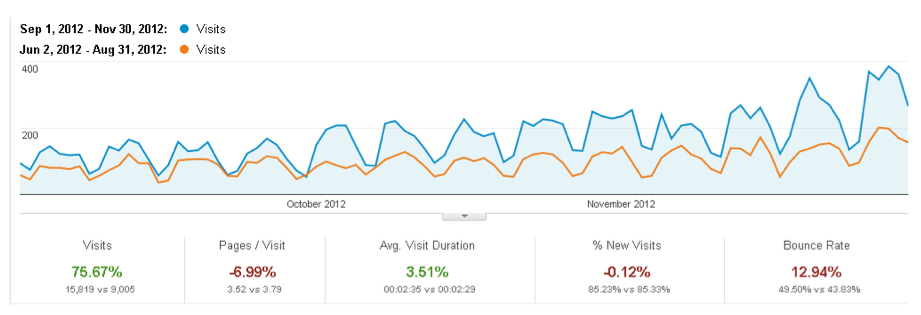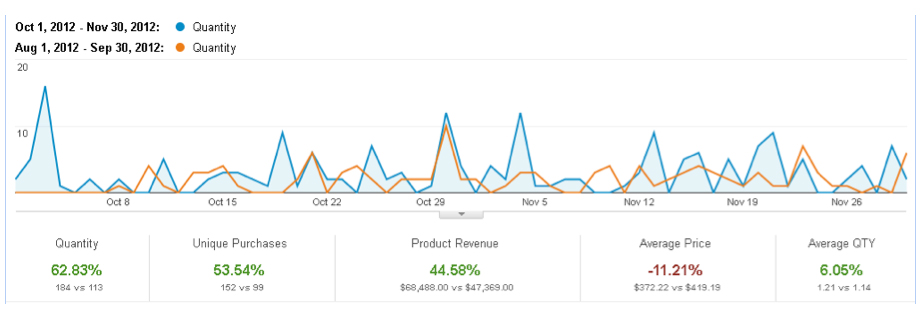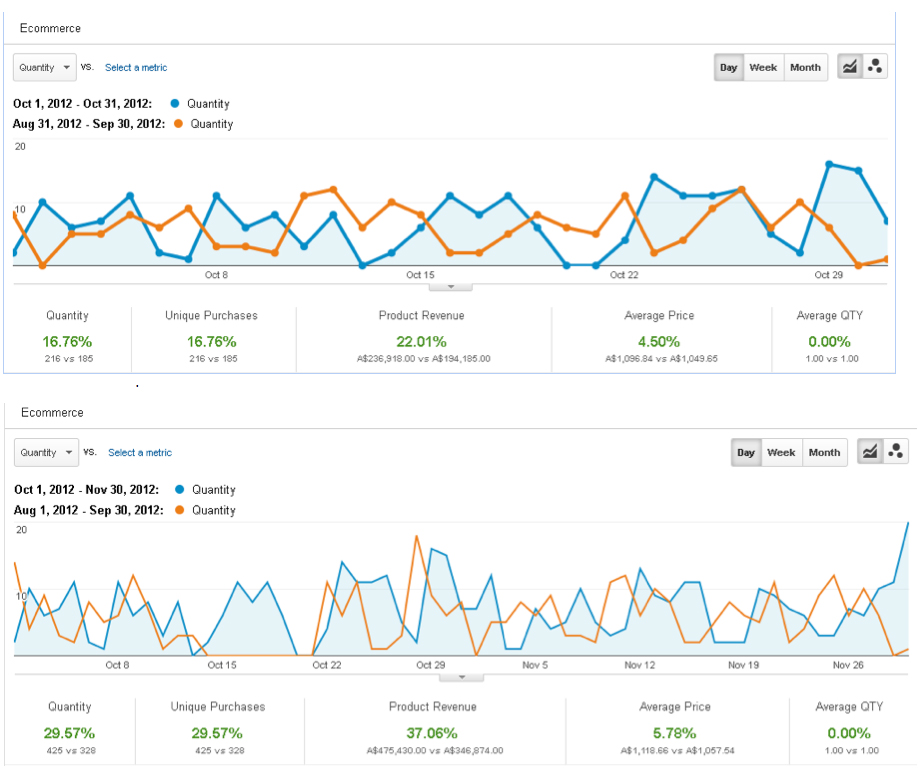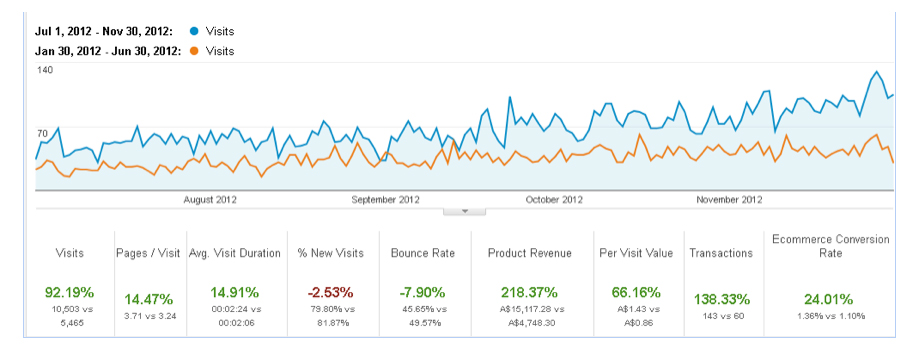Consistently I have people asking “How do I increase traffic to my website?”
Now this is a valid question if you don’t have any traffic to your website already, but if you do, then you may be asking the wrong question.
What if you could increase online sales without spending a cent more on advertising?
What if you could halve the cost of acquiring a lead?
What if you could increase profitability overnight?
It might sound a bit too good to be true, but I assure you by the end of this post you are going to know exactly how we have done this for countless clients and added millions of dollars to their business.
And you are also going to find out why your opinion is probably wrong about what your clients want.
What is a Conversion?
Before I get into that I need to explain what a “conversion” is. When referring to a conversion on the internet we are usually referring to someone taking an action such as; filling in a contact form, downloading something, making a purchase, clicking through, calling or buying something.
To calculate our website conversion rate, we divide the amount of conversions (usually leads or sales) we get by the number of unique visitors we have to the website.
E.G 10 leads/100 visitors = .1 or 10% conversion rate
We can then calculate how much we are paying per conversion. In the below example we are paying $1,000 for 1,000 visitors to the website ($1 per visitor), the conversion rate of the website is 2%. This means we generate 20 leads at a cost of $50 each, meaning we make $1,000 profit.

The secret to increasing sales and acquiring more leads at a lower rate, so your campaigns become more profitable, is maximising this tipping point of decision. The visitor either takes the action you want or they don’t.
Before we get into how to do this, look at the below image and see the difference it would make to our bottom line if we just increased this tipping point (the conversion point) from 2 to 4%.

We have now taken the same amount of visitors and exact same ad-spend and generated twice as many leads, plus we have halved the cost per lead making the campaign twice as profitable. In effect we have doubled our conversion rate but quadrupled our campaign effectiveness.
You can calculate your websites conversion rate here.
Now those benefits are nice to have on a surface level, but what about the hidden benefits you now have at your fingertips?
By lowering your acquisition cost you can now afford to pay more for traffic to your website. Let’s say you are running Google Adwords, where the more you pay per click the higher your ad shows and the higher your ad shows the more traffic you get.
After running hundreds of Adwords campaigns over the years I can safely say that increasing your ad position from 3-4 to position 1 can be an increase of 3 time or 300%, but before you couldn’t afford to pay to be that high.
Now with your increased conversion rate you can increase the amount you pay per click to $2 to generate more traffic and make more sales, because you are paying the same acquisition cost as in the first example.

This is all nice in theory, but how do we actually increase the conversion rate?
The Same Way I Got My Girlfriend – Split Testing
We do this by running 2 or more versions of a web page against each other with software like visual website optimiser. The software sends the first visitor to version A, then second to version B, the third to version A, forth to version B and so on.
Over time you will see which version the website visitors like more and ultimately which is more profitable.
Side note –> Yeah ok I have to admit, I was doing online dating a while ago and not having much luck, so I decided to split test my profile to see if it would help.
As it happens, after I put the new test version up I had a lot more girls contacting me and more importantly the right one. Without going in to all the lovely dove details of our relationship, let’s just say I am more than happy I ran that test 😀

Example 1
In the below example you will see 2 different versions that Aussie Home Loans ran against each other in a split test.

Images care of www.whichtestwon.com
The one on the right was the original (control) version and the one on the left was a new version. Now Aussie could have keep the original page as it was working well and generating leads, but they are probably glad they didn’t, because this split test ended up yielding a 64% increase in the amount of leads they acquired.
Putting that into numbers – Instead of having 1,000 leads now from traffic, they would now have 1,640 for exactly the same ad spend. Not a bad gain considering with the amount of traffic they get, they could have come to this conclusion within 2 weeks. 2 weeks = 64% increase in business.
Now it doesn’t just have to be landing pages that are split tested, it could be something as seemingly simple as a contact form.
Example 2
Below is an image of 2 quote forms. The one on the right is the control and the one on the left is a new version of the form this company wanted to test.
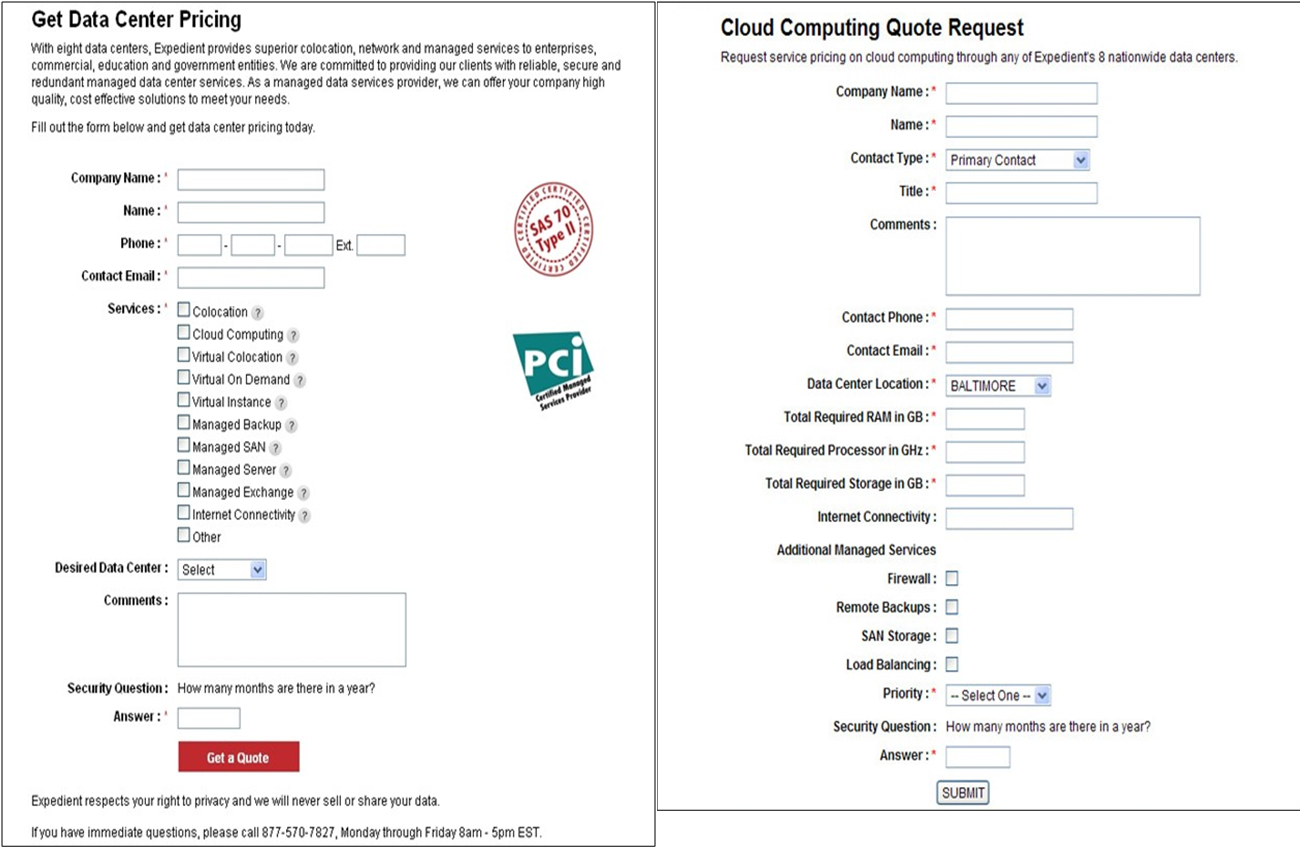
Image care of www.whichtestwon.com
Both forms seem reasonable and have all the required information to complete the quote. The result after testing… A 368.5% increase in leads from the version on the left.
What to Split Test?
When split testing for conversion optimisation you want to test the biggest differences first. There is no point in changing a couple small words or a single image, because this will usually cause small results to happen in your test.
Some things that you might want to test on your website are:
- Design – Corporate/funky/modern/simple/aggressive.
- Colours – bright/dark, colourful/neutral.
- Images – Larger/smaller, bright/darker, with/without, real people/cartoons (you would be surprised), product images
- Text – Size, copy, font (yes font can have a huge impact), colour, language, length (no shorter is not always better corporate guys). Start with headlines, because they usually make the biggest difference.
- Videos – Different videos and or none.
- Call to action – Call/Fill in form, use different text for the same call to action E.G “Get a Free Quote”/”Next Step”.
- Buttons – Colour, size, shape, font, text E.G “submit”/”Yes I’m interested”
- Domain name
- Authority – Testimonials (video, text, images, many, few), as seen on, security icons, clients logos.
- Social proof – Social sharing buttons, Facebook box, how many subscribers you have, number of fans.
- Forms – The text you use, the number of fields (the less you have more conversions usually, but they might not be as qualified)
- Visual cues pointing to the conversion point– Arrows, text, the way people are looking, people’s body language.
- Checkout on ecommerce – Multi step/one page, up-sells, down-sells, cross-sells, sign in/guest checkout, payment options (payment plan, credit card, PayPal, EFT, direct debit, invoice), security icons, form style, remind them of benefits.
- Prices – Yes prices. Just because your competitor is offering something at a certain price it does not mean you should match or try to beat them. You will never know what the right price is (what the customer is prepared to pay) unless you test. NOTE: Be careful with this one.
- Price strategy – Have decoy prices to contrast the price you really want them to buy at.
And for those that want a huge difference – Test the whole website if you have over 10,000 visits per month then it could well be worth creating an entirely different website and running them against each other. Get out a spreadsheet and run the numbers yourself or contact us and we can give you some idea.
Note: There is NO exact formula for every website to convert higher. Every market, every traffic source, every location, every day and time of the week, the weather and external influences will affect how a website converts.
Hold on Nelly!
Now before getting too excited about split testing, there is one caveat. You need to have traffic to be able to test. How much?
The answer is also dependant on what the difference between the two conversion rates of the pages you are testing. E.G if one page is converting at 2% and the other one 2.5% then it will take more traffic to give a good confidence rate for the winner. However if one is converting at 2% and the other 10% you will be able to confidently call the winner much faster.
Your split testing software will tell you when the test has been running long enough to give a solid winner, because the last thing you want to do is jump to conclusions and use a losing version going forward.

Example of clients test.
That brings up another point – when you split testing elements there is always a chance that your conversions will go down 😥 with the new version unless you have experience in knowing what to test.
This is why we have a done for you conversion rate optimisation service where you can tap into years of experience in knowing what works, to ensure you increase your conversions the first time round.

In the comments below let me know if you have tried conversion rate optimisation and what your results were.




